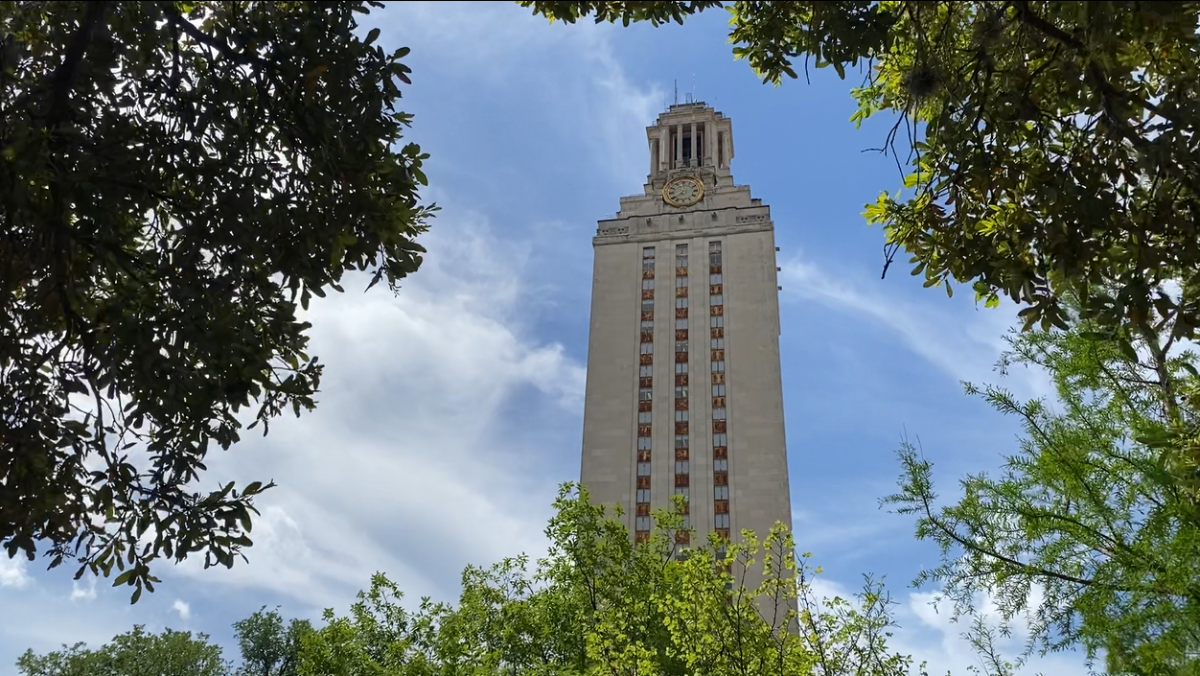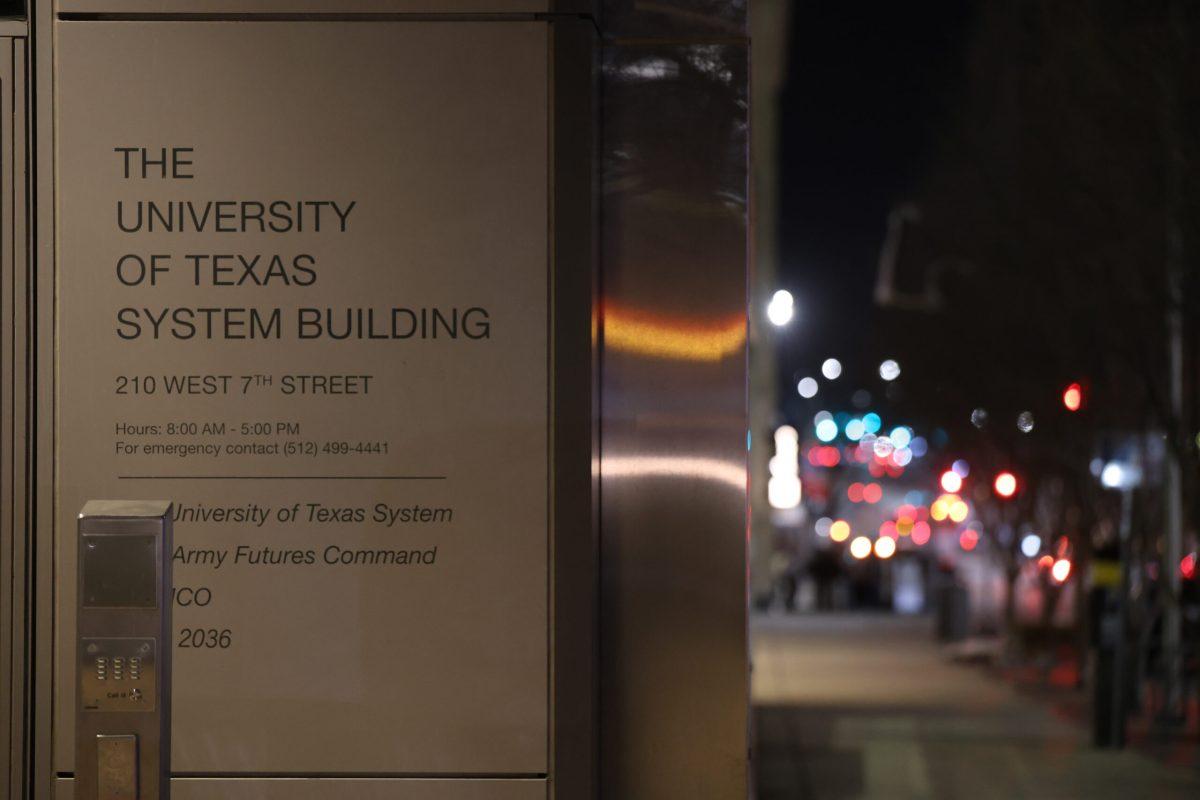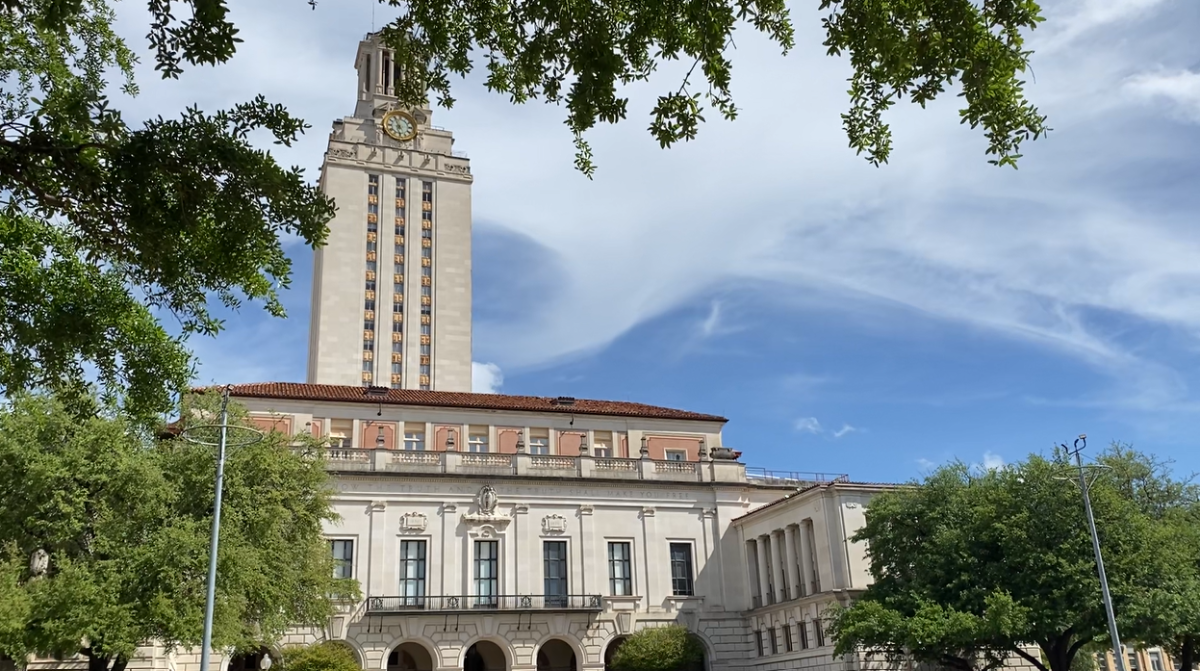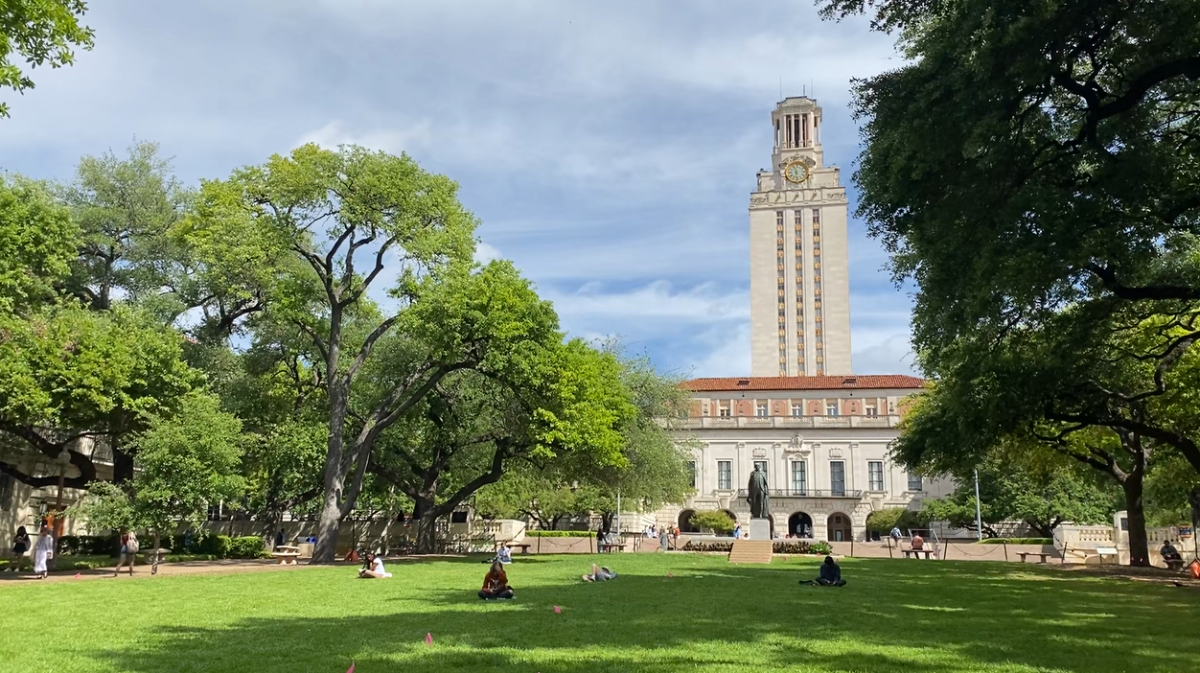Flowing down from the Highland Park Mall and into Lady Bird Lake, Waller Creek is a nearly seven-mile watershed that cuts through the heart of UT’s campus.
While students and Austinites walking near the creek may see its snakes, sunfish, possums and other wildlife, they might also spot something else — litter.
Cleaning and preserving Waller Creek is challenging because of its location next to an urban city, UT Sustainability Director Jim Walker said.
Although the university only oversees about one mile, or approximately 11% of the total water-span, Walker said it is unusual for one landowner to oversee such a large share.
“Over the last ten years, we’ve really taken a much greater focus on how we manage plant life in the creek, how we manage the water quality of the creek, how we think of it in relation to San Jacinto Boulevard and the life of campus,” Walker said.
Beyond tending to the creek itself, Walker said the Sustainability Office also conducts outreach with both students and faculty to incorporate the creek into university academics.
But cleaning the creek itself is a joint effort between the Sustainability Office, Campus Environmental Health and Safety and student-led groups.
The Campus Environmental Center and Longhorns Don’t Litter are two such student organizations that lead regular creek cleanups throughout each semester.
CEC co-director Olivia Navarro said aside from its natural beauty, the creek also produces a cooling effect, which can be beneficial in hot weather, and is also rich in natural biodiversity.
“I totally get that (biodiversity and vegetation) are big words, and a lot of times, people (ask) ‘What does that even mean?’” sustainability senior Navarro said. “To me, it’s just the natural beauty that’s around us. I don’t think you need to even know a specific plant identification or the science behind it. It’s really about the intrinsic value of nature, and we should all care about it because we’re a part of it.”
While Navarro and CEC volunteers collect water bottles, styrofoam and other small waste that washes up on Waller Creek’s shore, anything not safe enough to be handled by student-led initiatives is instead picked up by Campus Environmental Health and Safety.
“We’ve identified lead acid batteries on the creek bank,” Environmental Health and Safety Director Lena Anderson said. “Anything like that, we properly recycle and dispose of.”
Anderson added that compostable items found in Waller Creek are then handled by Campus Grounds and Landscaping. Anything not recyclable or compostable is sent to a landfill instead, Anderson said.
“Litter affects wildlife in many different ways,” said Carin Peterson, Environmental Health and Safety outreach coordinator. “It can be anything from their habitat, where it affects sunlight or plant growth, or causes of erosion. It can create or alter the water flow or create dams where they shouldn’t be.”
But aside from acting as a home for campus wildlife, Walker said the creek is core to the history of not only the university, but the Sustainability Office as well.
“(We) were created in 2010, the 40th anniversary of Earth Day,” Walker said. “The creek is something that we’ve had in our interest area ever since we were founded.”
The university was initially constructed against Waller Creek, said Walker, wherein it acted as a natural edge for the campus beginning in the 1930s. Before that, the now over 70 cypress trees dotting the creek bank were planted by UT staff members in the 1920s.
While organizations like CEC exist to protect natural landscapes like Waller Creek, Navarro adds that part of their mission is also to ensure students know these spaces exist in the first place.
“It’s so beautiful and it’s such a nice escape from a busy schedule or a busy day just coming to sit down here,” Navarro said. “There’s a lot of students who come down here and say ‘I never knew there was a creek down here.’ … I don’t even necessarily think (that’s) the students’ fault because it’s so hidden and tucked away.”


















